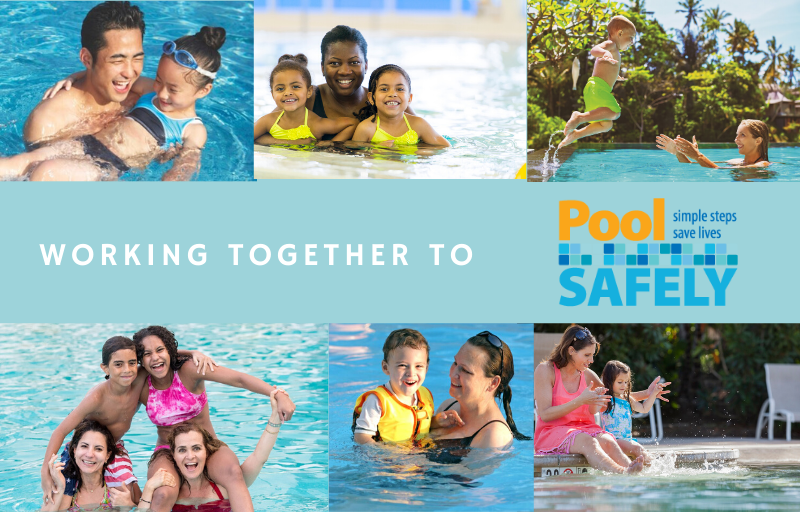
CPSC’s latest drowning data show that fatal child pool and spa drownings are on the rise, with an average of 379 reported pool-or-spa-related fatal drownings per year for 2015 through 2017. Residential locations, such as a child’s home, a family or friend’s house, or a neighbor’s residence, made up 71 percent of the reported fatal drowning incidents during that period.
This summer, as many families spend more time at home to curb the spread of COVID-19, vigilance about water safety remains as important as ever. There are more than 10.4 million residential swimming pools in the United States, according to the Pool & Hot Tub Alliance; and NPD Group reports that pool sales increased by more than 160 percent this spring.
For many families, COVID-19 restrictions have created an unconventional summer. Summer camps and community pools remain closed in some areas; and many parents and caregivers are now balancing household, professional, and childcare responsibilities. Social distancing guidelines, beginning this spring, disrupted many traditional group swimming lessons. In addition, the backyard pools or open bodies of water that families may visit in lieu of public pools this summer may not have lifeguards on duty.
Although CPSC’s national drowning data for 2020 are not yet available, early reports from Florida suggest that the factors creating an unconventional summer due to COVID-19 may be contributing to an increase in child drownings. Based on records from the Florida Department of Children and Families (DCF), Safe Kids Worldwide reported a 100 percent increase in Florida child drownings year-over-year between January 1 and April 15, amid the pandemic. Most drownings reported during this period took place in March, after the start of the COVID-19 pandemic. The data also indicate that nearly 80 percent of these reported 2020 Florida drownings took place at a residential pool, and 85 percent were attributed to a child exiting the home without a parent’s knowledge.
Together with our collaborators, Pool Safely is working to reverse this upward trend, by spreading the word about the simple steps you can follow for safer summer swimming, no matter where you spend time around the water this season:
- Never leave a child unattended in or near water; and always designate an adult Water Watcher. Water Watchers should not be reading, texting, using a smartphone or be otherwise distracted. In addition to pools and spas, this warning includes bathtubs, buckets, decorative ponds, and fountains.
- If you own a pool or spa, be sure to install layers of protection, including a four-sided fence with a self-closing, self-latching gate.
- Learn how to perform CPR on children and adults. Many communities offer online CPR training.
- Learn how to swim, and teach your child how to swim.
- Keep children away from pool drains, pipes, and other openings to avoid entrapments.
- Ensure any pool and spa you use has drain covers that comply with federal safety standards; and if you do not know, ask your pool service provider about safer drain covers.
- Visit the Pool Safely Kids’ Corner to keep children entertained and educated with water safety games and activities.
- Take the Pool Safely Pledge as a family, and find customized water safety resources using our Safer Water Information Match (S.W.I.M.) tool.
We encourage you to share these tips with your friends and family for a summer that is safer and more fun. You can also reference six digital water safety resources to help you Pool Safely at home, including our new activity worksheets for kids, the Pool Safely app, and the Pool Safely song.
If you do plan to visit a public pool this summer, be sure to also review the Centers for Disease Control and Prevention’s health and safety considerations for visiting public pools during COVID-19.

